The health benefits of flower karamunting
A beautiful and sunny day made us share a story. The flower is the theme which I raise in the post this time.
Rhodomyrtus tomentosa (Karamunting (Aiton) Wight; Myrtus canescens Lour.; Myrtus tomentosa (Aiton) Hassk.; Rhodomyrtus parviflora Alston; Ochthocharis bornensis Bl.) Wild woody plants which belong to the family Myrtaceae (Myrtle family-guava)
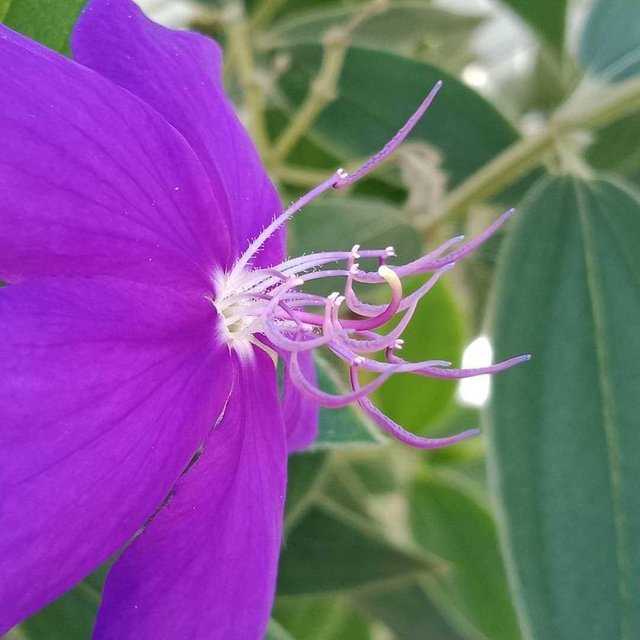
This plant comes from South Asia and Southeast Asia and eventually spread to tropical and subtropical regions to an altitude of 2400 m. Karamunting can grow in various habitats and soil type. In some places this plant is used as an ornamental plant flower color given is very interesting. But elsewhere, this plant is considered a weed (plant bully) because its growth is very quick so that the beat of the original vegetation.
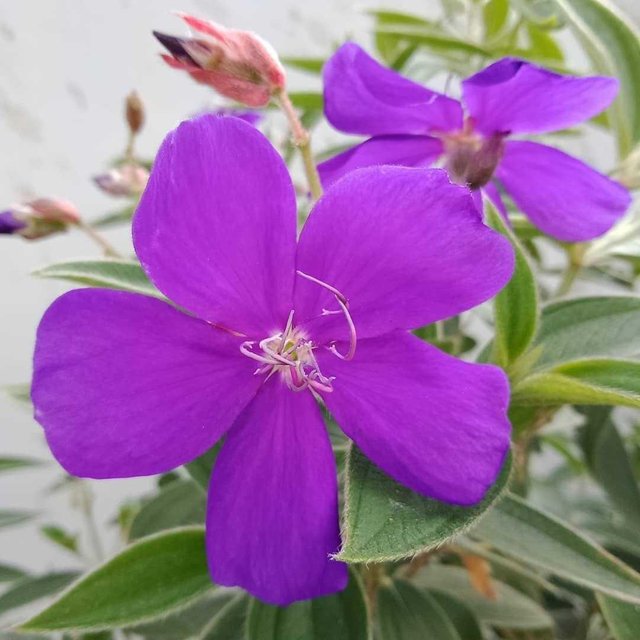
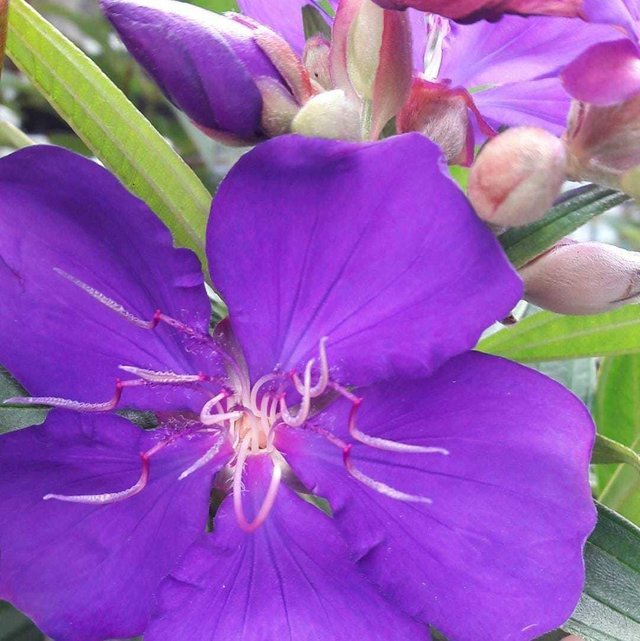
Karamunting have rapid growth and can reach an altitude of 4-12 m Layout leaves are opposite, oval-shaped leaves, the upper part of the leaves are glossy green, bottom leaves gray hairless. 5-7 cm long and 2-3.5 cm. Flowers are single or in a group (cluster) 2-3 flowers, diameter 2,5-3 cm with diverse colors from pink to purple (pink) with many stamens and not flavorful.
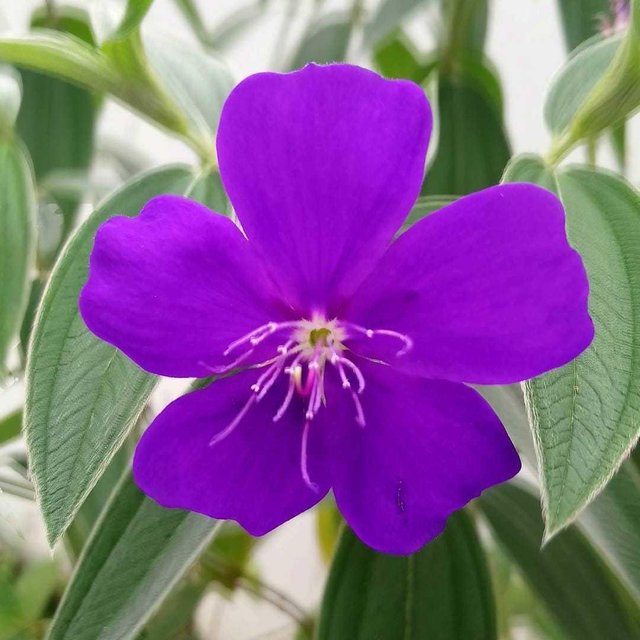
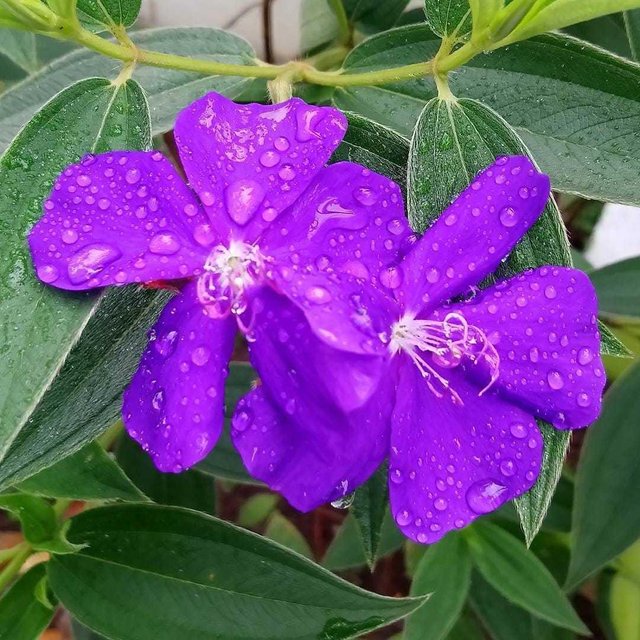
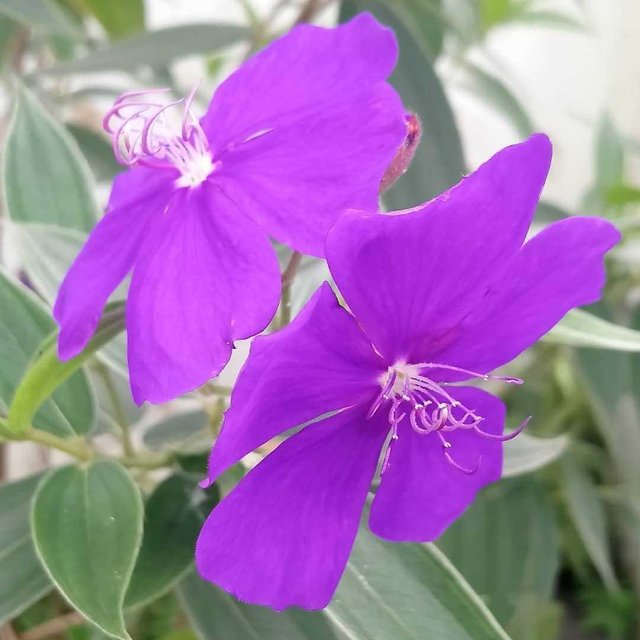
Fruit oval shaped karamunting with length 1-1.5 cm. Towards the ripe fruit, which was originally a green turn red, Brown to black. Fruit skin is like velvet. Ripe fruit is purple, 40-45 software, with seeds inside. The flesh of the fruit such as grapes, it just feels more fibrous, not contain water, and the taste is sweet. Reproduction of the plant naturally occurs through the seeds are spread by birds.
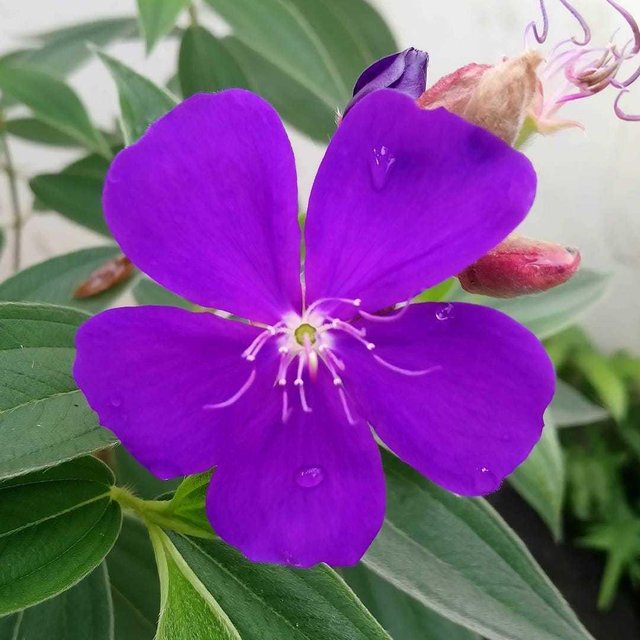
Anthocyanin extract from fruit karamunting reported has a strong antioxidant activity. Antioxidants are necessary to prevent or reduce diseases caused by free radicals. Free radicals are molecules that lost her partner, are unstable and trying to find a pair with attached to healthy cells that are already paired. Free radicals are produced by the human body as a by-product in the process of the formation of energy. In addition, external factors such as environmental changes, ultra violet rays, cigarette smoke, trigger radical in food and other pollutants also plays a role in the development of free radicals.
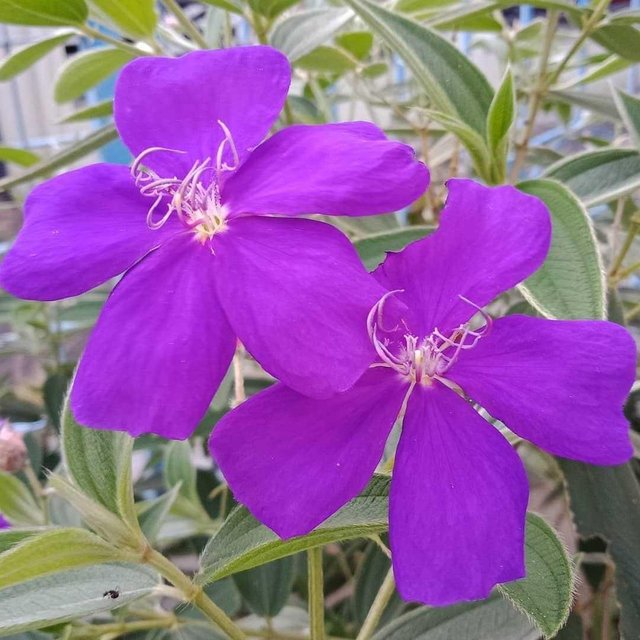
Free radicals in a certain amount is needed to help white blood cells destroy germs that get into the body. But if too much will cause the onset of diseases that are chronic, where diseases become manifest after a long time. The disease is often associated with free radicals, among others, premature aging, cancer, and heart attacks. Antioxidants are also produced by the body, but when the number of free radicals already too much then needed intake of antioxidants from the outside. One source of natural antioxidants derived from fruits.
In addition to the content of antioxidants in fruits, other studies indicate that the compounds contain karamunting leaves flavonoids, steroids, triterpenoid, katekat, tannin error tannin, Quinones and the elements sodium, calcium, potassium and magnesium. Some other important benefits from plant karamunting is:
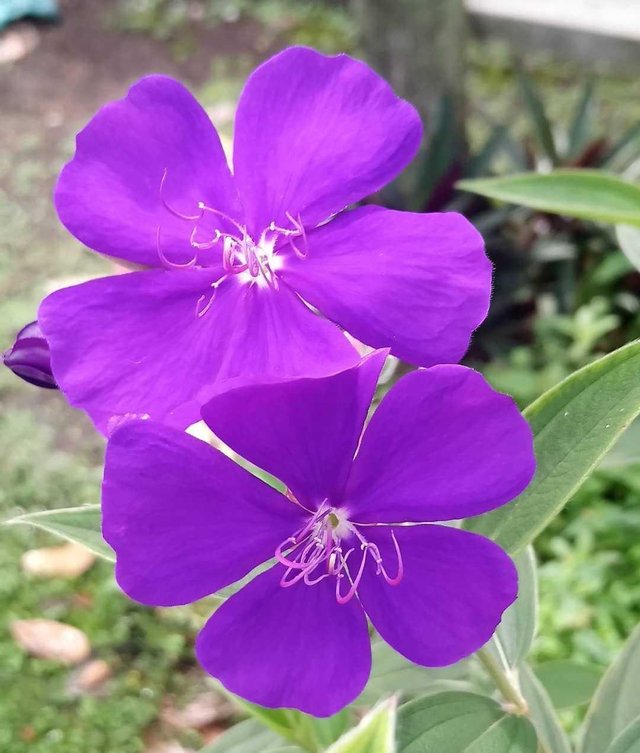
The root; root extract may increase the number of platelets, fibrinogen levels increase, and muscles contract the blood vessels. In other words, the root extract is able to inhibit the bacteria Staphylococcus aureus as the cause of pus. The content of tannin or astringent color at the roots can be used as natural black dye. Some people utilize to discolor teeth and brow.
The leaves; In addition as a herbal treatment for diabetes, can be used to cure wounds, namely chewing some leaves karamunting then affixed to the wound. In other places, these leaves can be used to neutralize toxins.
Fruit; When consumed has hemostatik effects in the upper digestive tract, and fight the cause of metrorrhagia bleeding in women. The content of the fruit is able to increase the amount of hemoglobin, red blood cells, and also increases the antianoxic.
Follow me @nurdianamanaf
This post has received a 0.17 % upvote from @drotto thanks to: @nurdianamanaf.